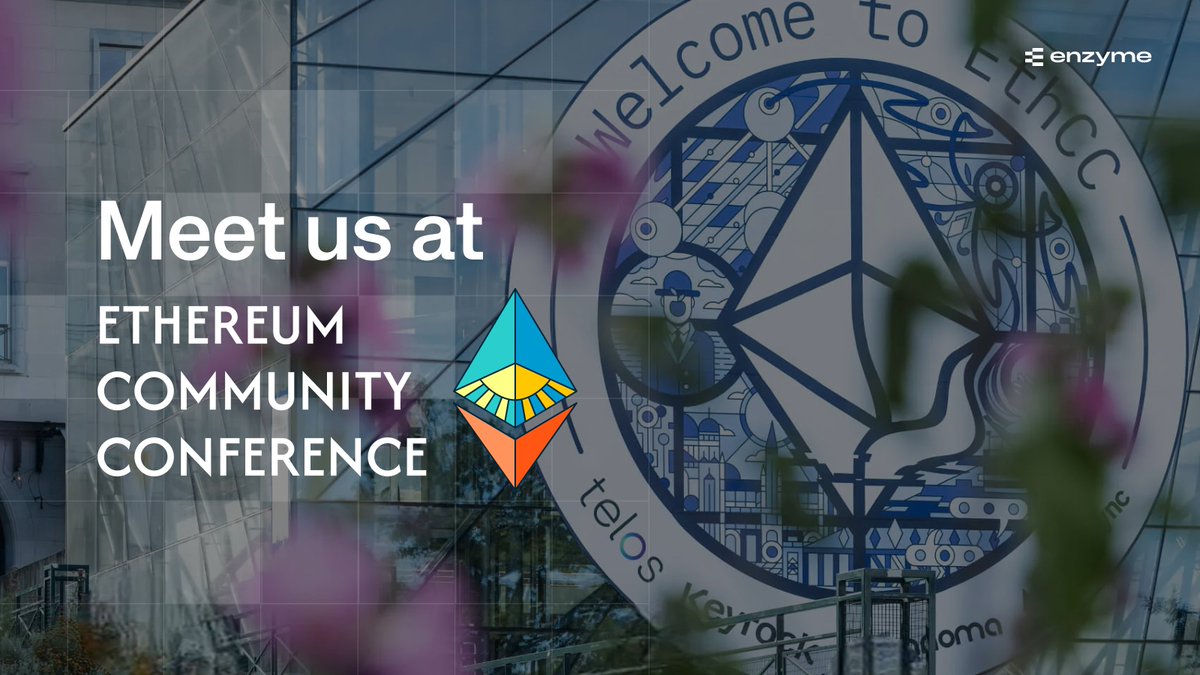
Enzyme price

Disclaimer
OKX does not provide investment or asset recommendations. You should carefully consider whether trading or holding digital assets is suitable for you in light of your financial condition. Please consult your legal/tax/investment professional for questions about your specific circumstances. For further details, please refer to our Terms of Use and Risk Warning. By using the third-party website ("TPW"), you accept that any use of the TPW will be subject to and governed by the terms of the TPW. Unless expressly stated in writing, OKX and its affiliates (“OKX”) are not in any way associated with the owner or operator of the TPW. You agree that OKX is not responsible or liable for any loss, damage and any other consequences arising from your use of the TPW. Please be aware that using a TPW may result in a loss or diminution of your assets. Product may not be available in all jurisdictions.
Enzyme market info
Market cap = Circulating supply × Last price

Enzyme Feed





MLN calculator


Enzyme price performance in USD
Popular Enzyme conversions
| 1 MLN to USD | $6.7660 |
| 1 MLN to EUR | €5.8710 |
| 1 MLN to PHP | ₱386.83 |
| 1 MLN to IDR | Rp 111,081.9 |
| 1 MLN to GBP | £5.0399 |
| 1 MLN to CAD | $9.3001 |
| 1 MLN to AED | AED 24.8481 |
| 1 MLN to VND | ₫176,796.4 |
About Enzyme (MLN)
- Official website
- Github
- Block explorer
Enzyme FAQ
Enzyme is a decentralized asset management protocol built on the Ethereum blockchain. It provides a platform for asset managers and traders to efficiently manage portfolios through automated functions like trading and reporting. Enzyme leverages blockchain technology and smart contracts to streamline asset management processes, reducing costs and increasing transparency and accessibility for users.
MLN token holders can participate in the decision-making process by voting on proposals and changes to the Enzyme protocol. By staking MLN, users can also earn rewards for securing the network and participating in the governance process. Additionally, MLN can be used to pay transaction fees within the Enzyme ecosystem. Finally, holding MLN grants users access to premium features and exclusive offerings within the Enzyme platform.
Easily buy MLN tokens on the OKX cryptocurrency platform. OKX’s spot trading terminal offers the MLN/USDT trading pair.
You can also swap your existing cryptocurrencies, including XRP (XRP), Cardano (ADA), Solana (SOL), and Chainlink (LINK), for MLN with zero fees and no price slippage by using OKX Convert.
Monitor crypto prices on an exchange
ESG Disclosure
MLN calculator






















Socials